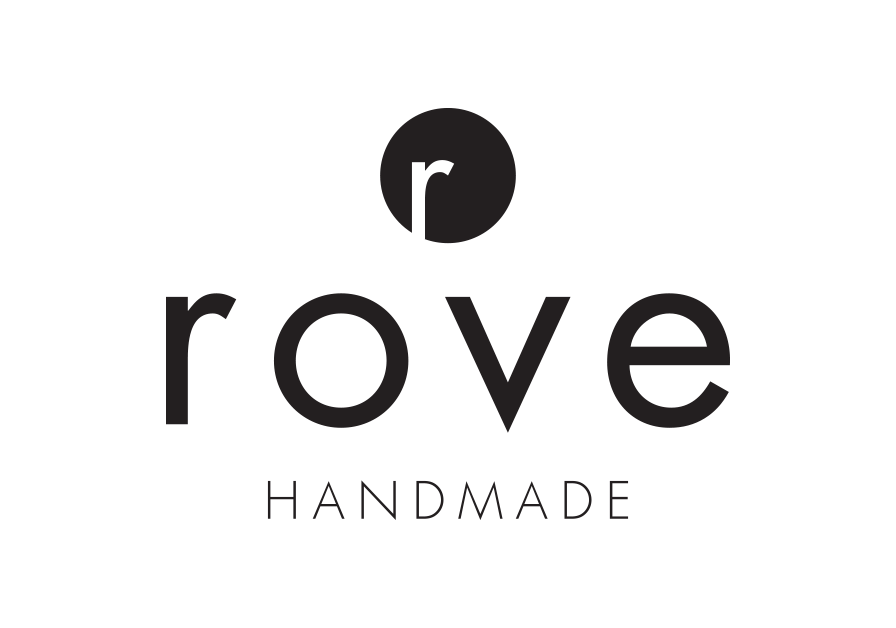Here we are at end of the month, and I didn't do as well with my Slow Fashion October challenge as I had hoped. I had big plans for thoughtful blog posts along each week's theme and daily Instagrams of handmade wares (and wears), but it's been hard to find the time to sit down and write something of substance about a very broad, very important topic.
I challenged myself to wear handmade every day this month, and while I managed to at least wear handmade accessories every day (that part was easy as we moved into scarf, mitts, and woolly socks territory), handmade garments were more difficult. I had…OK, I put...a lot on my plate this month, so getting creative about what to wear in the morning just wasn't - and if I'm totally honest, isn't ever - within my operating capacity. However, I would like to share one of my favourite pieces that gets regular rotation, not just for Slow Fashion October but all through the year. The hand-knit Icelandic lopapeysa in the pictures above was given to me by my mother-in-law a few years ago, knit by her sister-in-law (my husband's aunt), and I have practically lived in it ever since. It's been repaired once already and is due another round now that I've somehow, inexplicably, made a hole in the armpit. Considering it's fragility (it's made from single-ply, unspun plötulopi) it's held up remarkably well, and to me, the patches and repairs only add to its charm. I wore this sweater a lot this month, along with a few other well-loved pieces, some handmade and second-hand and some bought new over the years.
Speaking of buying new, I didn't totally avoid it this month - I bought a wool boucle coat on sale. It was made in a factory, and I don't know the conditions under which it was made. I wrestled with this at the time but in the end I still bought it, using the following rationale:
- I loved the coat.
- It was well made, in good fabric.
- It was not super-cheap, even on sale, but was within my budget.
- It had classic styling and would last more than one season.
Perhaps I rationalized a new mass-produced purchase simply because I wanted the coat (I had already tried it on twice in the weeks before it went on sale). But I have worn it every day since I bought it and I know it will serve me for at least a few more years. At the same time, I still want to avoid new mass-produced as much as I can and that includes craft supplies. I use Icelandic wool almost exclusively in my work mostly because I love it, but also because I know where it comes from and where and how it's produced.
Which brings me back to my overall goal of being a more conscious consumer and making a better effort to fit a slow fashion philosophy into my lifestyle. It's hard, and there are no easy fixes for a system that not only exploits people but also harms our environment. How did we even get to this place? To me, the question has more to do with our core values as people and societies than with factories or corporations. These core values, after all, are the ones driving us to want more, faster, cheaper; driving corporate CEOs to prioritize profit above all else, no matter the human or environmental cost; and driving the kind of unsustainable consumption we're seeing now.
But I'm optimistic. The slow fashion movement is growing and gaining traction, and I do sense a shift, perhaps still driven primarily by niche communities like makers, but a shift nonetheless, in our values and priorities. People who didn't think about these things before are thinking about them now, and that's good. All I can do is try to be more aware, to consider more deeply not just what I buy, but why I'm buying.
And get my sewing machine fixed. I can do that too.


